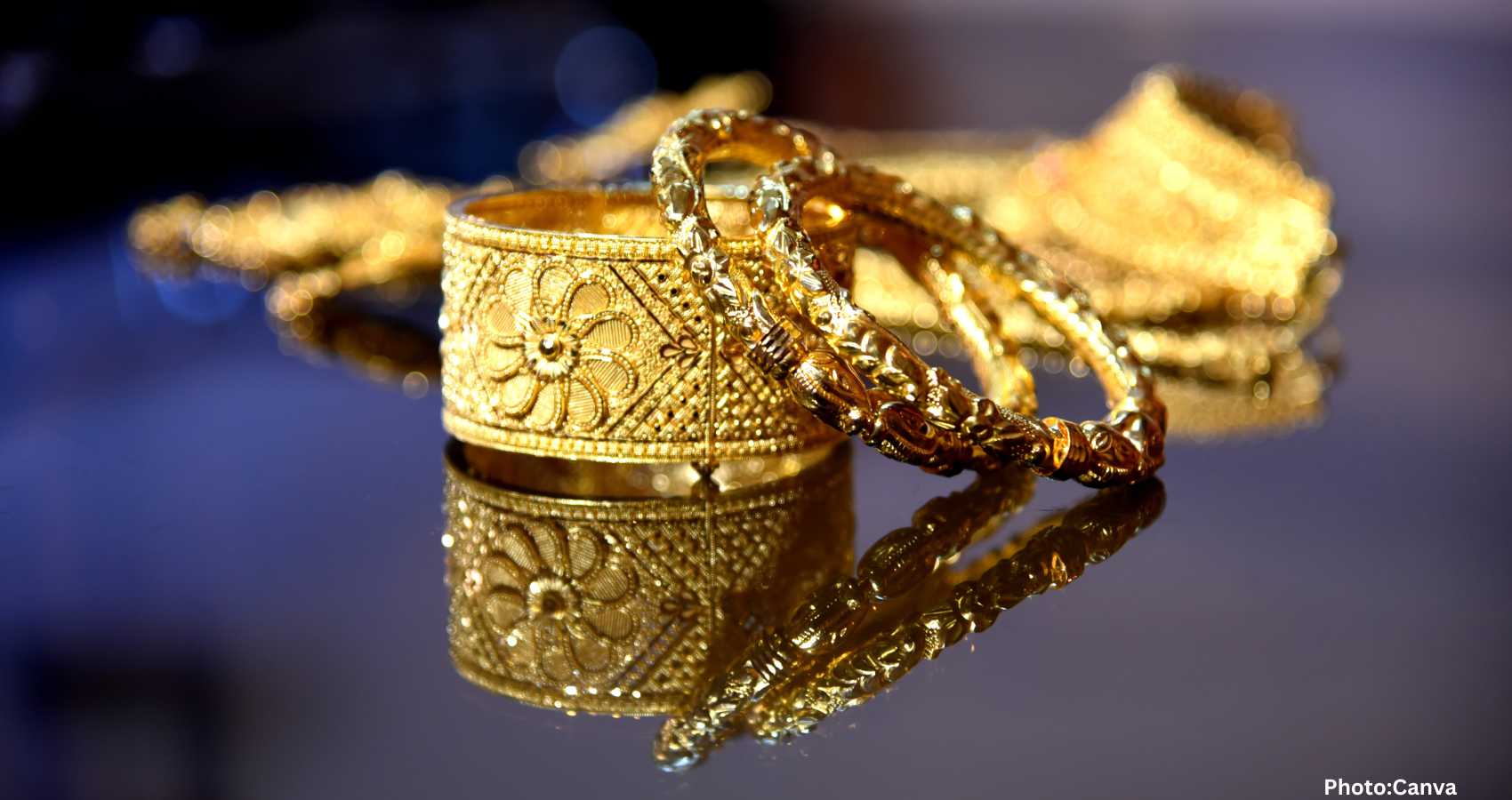Recent U.S. tariffs on Indian imports, particularly gems and jewelry, have significantly increased costs, disrupting long-standing cultural and financial traditions for Indian families in America.
Gold jewelry has traditionally been a staple for many buyers, prized for its investment potential, fashion appeal, and deep cultural significance. Within Indian families residing in the United States, its importance transcends mere material value, embodying emotional connections, cherished memories, and heritage handed down through generations.
Historically, acquiring jewelry from India or during exhibitions in the U.S. was both an affordable and meaningful practice. These purchases were not just transactions; they represented a familial link to Indian roots, carrying financial and cultural significance.
However, recent U.S. tariffs on Indian imports have disrupted this balance. The imposition of significant duties on gems and jewelry has led to a sharp rise in total import costs, now ranging between 50 and 57 percent, significantly reducing the affordability of purchasing gold from India or at exhibitions within the U.S.
This increase in tariffs has rendered the previously economical act of bringing jewelry from India into the United States much less feasible. Those who intend to import gold jewelry should now expect to incur nearly 57 percent in import duties at points of entry, turning an economical purchase into a considerable financial burden.
Buying Indian gold jewelry domestically in the U.S. offers little to no reprieve, as sellers are compelled to transfer these high tariff expenses onto their customers. As a result, prices are escalating rapidly, leaving buyers caught between a rock and a hard place, regardless of where they choose to shop.
The impact of these changes reaches beyond financials, affecting cultural celebrations as well. A $20,000 necklace, a potential gift for a wedding or religious event, could now cost approximately $31,400, whether purchased in India or in the United States. The tariffs have reshaped the landscape, impacting how families plan for significant occasions such as weddings, religious festivities, and personal milestones.
The repercussions of the tariffs extend beyond the marketplace, affecting the emotional and cultural identities of many families. They influence how cultural identity is expressed, traditions are celebrated, and family heirlooms are passed down through generations. Currently, gold jewelry is becoming less accessible, complicating the continuation of once-cherished traditions for many families.
According to M9 News, these changes continue to pose challenges to maintaining the cultural fabric that gold jewelry represents for many Indian American families.

